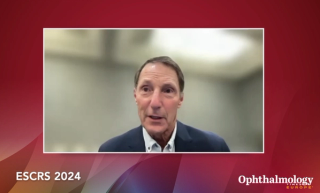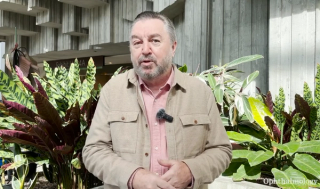
Cataract & Refractive
Latest News
Latest Videos

CME Content
More News
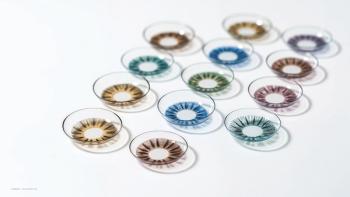
Research finding challenge the widely-held notion that cosmetic contact lenses are the safest technique for changing eye colour


The procurement follows an 18-month pilot at a high-volume surgery in Dundee, Scotland

At the ESCRS meeting, cataract surgeons can get familiar with BVI's Virtuoso platform and VirtuaLens' immersive VR IOL simulator

Alcon, Bausch + Lomb and Johnson & Johnson will debut new research findings during the European Society of Cataract and Refractive Surgeons Congress in Copenhagen, Denmark

New support offers a streamlined experience for surgeons and patients

The transaction is anticipated to close in 6 to 12 months subject to customary closing conditions and regulatory approval

Frank Kerkhoff, MD, shares his experiences with the Johnson & Johnson Tecnis Odyssey lens

Researchers at the Korea Advanced Institute of Science and Technology demonstrated the next-generation strategy for sustainable synthesis
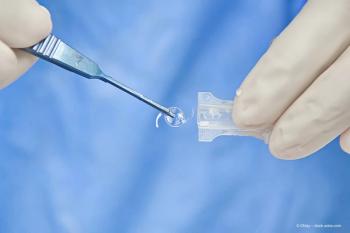
Alcon's Clareon Panoptix Pro IOL enhances cataract surgery with advanced light utilization and low visual disturbance.

The trifocal IOL is designed to deliver lower light scatter and higher-reported light utilisation

SpaMedica to offer free transport for all NHS cataract patients, supporting community care and reducing health inequalities.

A new functional classification can help achieve precise vision goals
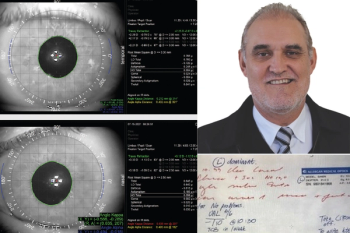
Johann Krüger, MD, shares insights from 26 years of experience

The Tecnis Odyssey, launched in the US in October 2024, is now available in Europe, the Middle East and Canada

A new study compared results to determine a more comprehensive understanding of the relationship between the grade of surgeon and ISBCS outcomes

The 0.1 mg/ml atropine eye drop for paediatric myopia is licensed from Sydnexis, Inc.

Prof Alió was commended for his work in microincisional cataract surgery and accommodative IOLs for presbyopia

The study found an increase in both refractive astigmatism and corneal astigmatism among a patient population of schoolchildren

The LuxLife full range of vision intraocular lens is available in a range of cylinders spanning from +0.75D to +6.00D.

Alcon acquired the historic ophthalmic instrument company in 2000

Ophthalmologists report that dry eye syndrome, myopia progression and other ocular pathologies have increased, especially among paediatric patient groups
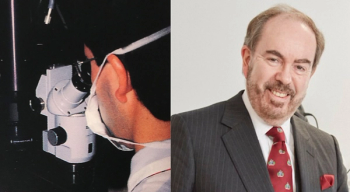
A pioneer of refractive laser eye surgery in the UK, Professor David Gartry, MD, FRCS, FRCOphth, FCOptom, reached the milestone in the 36th year of his career
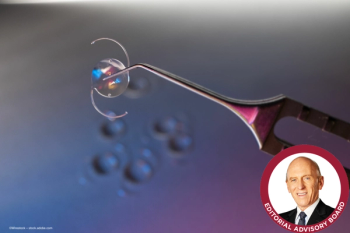
A resurgence in this IOL technology could create new possibilities in refractive correction

The study assessed a large paediatric cohort for changes in spherical equivalent refraction, axial length, lens power and lens thickness









